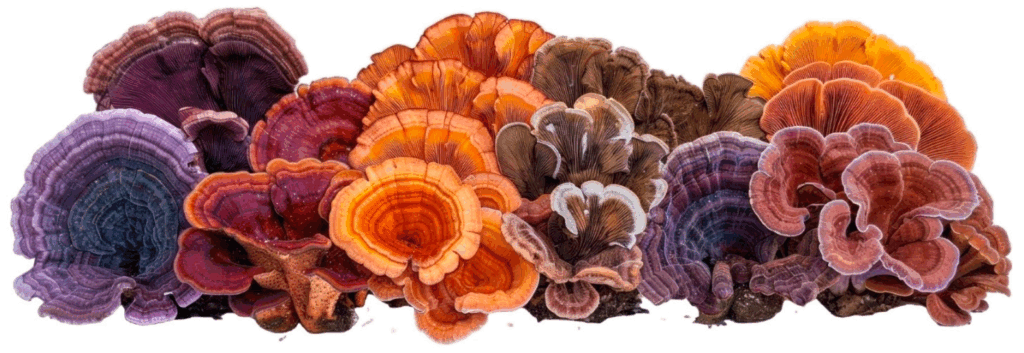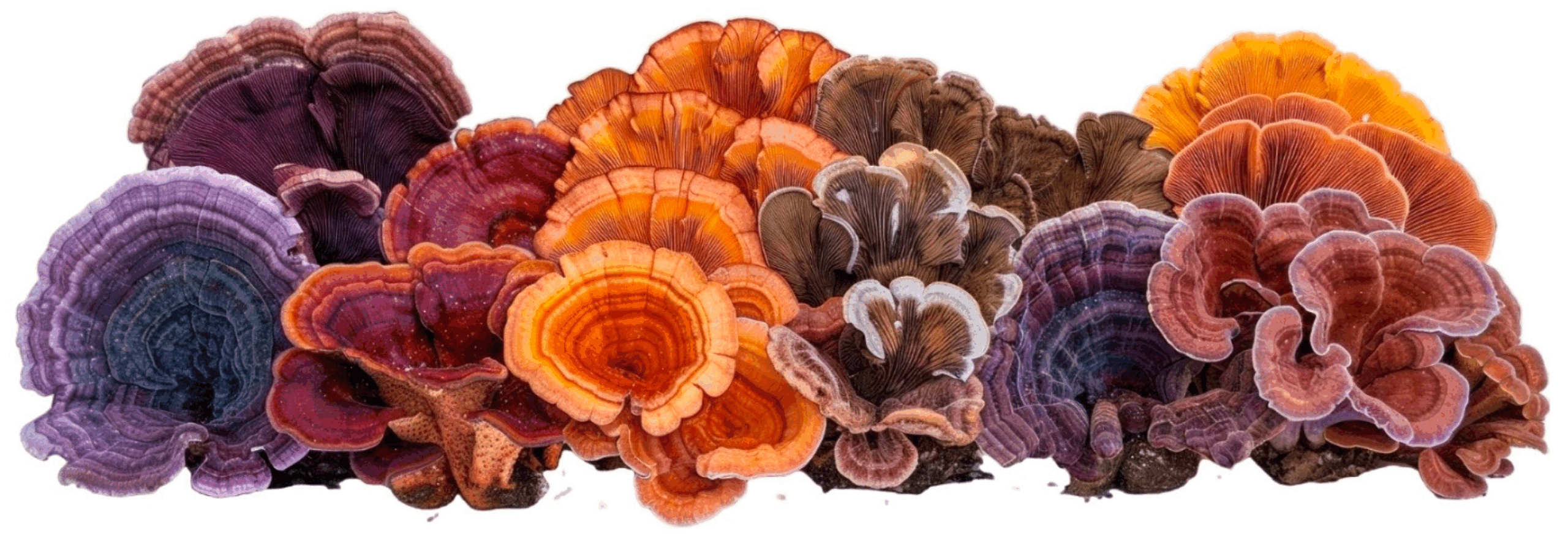Epidermal photoinflammation has been identified as an atypical pathological response that poses a growing global threat to human health and well-being. The skin’s protective barrier, primarily relying on the stratum corneum, is disrupted by excessive external stimuli. Among these stimuli, UVB radiation (320–280 nm) is a direct causal factor, classified as a Class I carcinogen due to its ability to cause sunburn, pain, itching, and edema in the epidermal layer. Excessive UVB exposure leads to epidermal photoinflammation, a process involving inflammatory responses and pain sensitization often initiated by the activation of Transient Receptor Potential Vanilloid type 4 (TRPV4) ion channels in keratinocytes. TRPV4 activation promotes AP-1–mediated inflammation while simultaneously suppressing the activity of Nrf2, a critical transcription factor involved in cellular detoxification, oxidative stress protection, and epidermal barrier function. The precise link between UVB-induced pain signaling (TRPV4) and epidermal inflammation (Nrf2) has remained insufficiently understood.
To address this challenge, researchers turned to natural resources, driven by the concept of sustainability and the shift toward natural plant ingredients in targeted drug development. Fermentation technology was utilized to maximize the bioavailability of active substances from Laminaria japonica (kombu), a globally recognized economic algae rich in sulfated polysaccharides. Previous work indicated that L. japonica fermentation broth could alleviate UVB radiation damage. This study isolated a specific polysaccharide component, named LJGp, derived from the fermentation broth of Laminaria japonica combined with white Ganoderma lucidum. The rationale for this combination was the hypothesis that the synergistic effect of these fermented polysaccharides would provide a novel strategy to attenuate UVB-induced photoinflammation specifically by modulating the TRPV4 and Nrf2 pathways.
Methods
A polysaccharide component (LJGp) was isolated from the fermentation broth of Laminaria japonica and white Ganoderma lucidum. The study established a UVB damage repair model using human immortalized keratinocyte (HaCaT) cells, utilizing LJGp concentrations up to 1500 $\mu$g/mL. Efficacy was evaluated by assessing cell migration, apoptosis markers (Caspase-3, JC-1), oxidative stress (ROS, HO-1, NQO-1), inflammatory factors (ILs, TNF-α), and barrier functional proteins (FLG, INV, LOR, AQP3) using CCK-8, scratch tests, ELISA, and fluorescence microscopy. Mechanistic investigation focused on the TRPV4-Keap-1/Nrf2 signaling pathway, evaluating protein expression and gene transcription levels via immunofluorescence (IF) and quantitative reverse transcription PCR (RT-qPCR).
Key Findings
The results confirmed the reparative effects of LJGp on UVB-induced epidermal damage:
• Cell Repair and Migration: LJGp promoted the proliferation and restored the migration ability of damaged HaCaT cells, with the highest concentration (1500 $\mu$g/mL) achieving a minimum scratch blank area that exceeded the unimpaired level.
• Anti-Apoptotic Effects: LJGp effectively reduced abnormal cell apoptosis caused by UVB irradiation, indicated by a return to a higher mitochondrial membrane potential and a significant decrease in the relative content of the pro-apoptotic protein Caspase-3.
• Antioxidant Activity: LJGp cleared excessive intracellular ROS, reducing levels to about 50% of those in the UVB-only group at 1500 $\mu$g/mL. It also significantly promoted the activity and transcription level of antioxidant enzymes (HO-1, NQO-1, eNOS) in a dose-dependent manner.
• Anti-Inflammatory Activity: LJGp inhibited the synthesis and release of pro-inflammatory factors; at 1500 $\mu$g/mL, the expression of IL-6 decreased to a level comparable with the control group.
• Epidermal Barrier Stabilization: LJGp maintained the stability of the epidermal barrier by increasing the content of key barrier functional proteins (FLG, INV, LOR, AQP3) and inhibiting the enzyme activities responsible for desmosome degradation (KLK-7 and MMP-9).
• Mechanistic Regulation: LJGp exerted its effects by regulating the TRPV4-Keap-1/Nrf2 pathway. LJGp inhibited the UVB-induced high expression of TRPV4 and alleviated the inactivation of Nrf2. This restored Nrf2 function and effectively inhibited the over-synthesis of AP-1, consequently alleviating barrier dysfunction and promoting epidermal repair.
This research identifies the TRPV4-Keap-1/Nrf2 axis as a novel regulatory mechanism through which the fermented polysaccharide component LJGp alleviates UVB-induced photodamage. The study successfully demonstrates that LJGp’s photo-repair effects stem from regulating key node genes in this signaling pathway, confirming that TRPV4-Keap-1/Nrf2 acts as a complete signaling pathway involved in regulating epidermal radiation damage. This work is novel in that it highlights the potential of polysaccharides obtained via a new extraction method utilizing the fermentation of L. japonica combined with G. lucidum.
From a translational perspective, LJGp shows significant promise as a cosmeceutical or dermatological ingredient, supported by its proven antioxidant, anti-inflammatory, and barrier-preserving capabilities. Future research should focus on substantiating these protective effects through in vivo animal experiments to confirm the physiological relevance of the tested concentrations and ensure reproducibility. Further essential steps include using 3D skin models or skin-on-a-chip systems to confirm efficacy and safety under physiological conditions. Ultimately, investigations into formulation stability, skin penetration efficiency, and clinical efficacy will be required to develop LJGp for use in products such as sunscreen, after-sun repair, or sensitive-skin care formulations.
Link to the study: https://tinyurl.com/mtky6uhs


